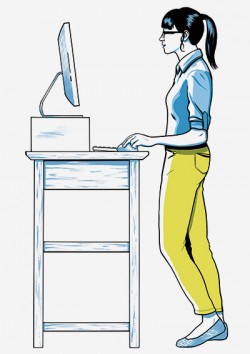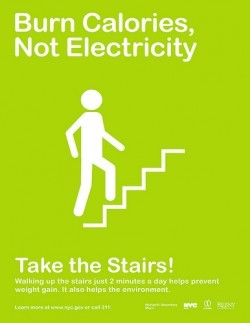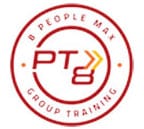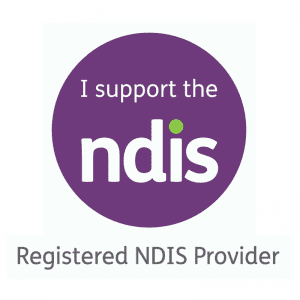 The negative effects of long periods of sitting on health are already well known. Common issues include poor posture, over tight muscles, tension headaches and lower back pain. Along with the postural issues, long periods of sitting also are linked with a more sedentary lifestyle, overweight and obesity, chronic health conditions like heart disease, type II diabetes, stroke and hypertension. With the growing obesity epidemic, many corporations have invested in ‘standing desks’, ‘treadmill desks’ and ‘pedal desks’ to try to help improve the health of employees.
The negative effects of long periods of sitting on health are already well known. Common issues include poor posture, over tight muscles, tension headaches and lower back pain. Along with the postural issues, long periods of sitting also are linked with a more sedentary lifestyle, overweight and obesity, chronic health conditions like heart disease, type II diabetes, stroke and hypertension. With the growing obesity epidemic, many corporations have invested in ‘standing desks’, ‘treadmill desks’ and ‘pedal desks’ to try to help improve the health of employees.
But does it make any difference?
Recent studies say – not really.
A review of several different interventions designed to help reduce sitting time at work showed that sit-stand desks seemed to reduce sitting time by about 30min-2hours a day, while treadmill desks showed a small reduction and sitting time, pedal desks showed none. The article concluded that the evidence was very low quality, and the overall effects on health were not clear.
While it’s good to stand up for periods of time instead of spending the whole day sitting, standing still for long periods is not necessarily a good thing for health either. One of the main issues with introducing something like standing desk is that it’s not combined with any other type of activity. Standing is better than sitting in terms of effect on the posture, because it takes all the tight muscles out of their flexed position, BUT it still doesn’t get the body moving, building muscles, burning calories and boosting cardiovascular function.
So what’s the answer?
It might seem simple, but the real, common sense answer is that no fancy standing desk, treadmill desk or pedal desk is as effective as simply getting people up from the desk for a
good old fashioned walk around. The body is designed to move around in a real-life fashion, not strapped into a computer desk.
Some of the interventions that have actually made a positive impact provide more opportunities for employees to participate in physical activity. Doing things like encouraging the use of stairs instead of elevators, encouraging employees to walk on their lunch break, installing showers at work to encourage employees to ride bikes or run to work and partnering with local gyms to improve access to fitness facilities gets employees physically active in the real world.
If you don’t have any physical activity programs at your work, just taking some simple steps can help. Get up from your desk and walk around at least once an hour. Stretch. Go for walks on your lunch break. Make sure you include regular physical activity into your week – a combination of strength and cardio training for maximum health benefits!




